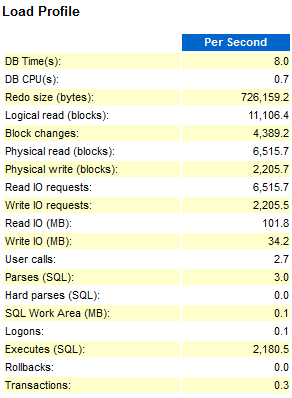Let's start with the configuration used, which was an Amazon RDS "db.m4.2xlarge" instance - the latest RDS generation available at time of testing. This is an 8 VCPUs resp. Hyper Threads / 4 cores configuration with 32GB of RAM.
As storage I've used the "General Purpose SSD" setup. Although there is a "Provisioned IOPS" configuration available, too, I haven't used for testing because according to the price calculator available it would have costed me several hundred dollar even for a very short period of testing because some part of the configuration gets charged per month, no matter how long I actually use it. I'll get back to that point when dealing with the I/O related tests and the raw performance figures.
Therefore I've only run the tests on the "General Purpose SSD" configuration - more on that in later installments.
Even without the "Provisioned IOPS" storage the tests were only conducted for several hours instead of several days, therefore they can't be compared directly to the other test results.
The first test conducted was the "PL/SQL" CPU burning test I've outlined in the first part of this series.
The overall consistency result looked like this:
Again the graph is supposed to show how many of the runs deviated how much from the overall median runtime. The results - at least for the short period of the test run - are very consistent, similar to the other test results.
Looking at the results on a more granular basis is only of limited use in this case due to the short test run time, hence the resolution is changed to hours instead of days here:
There were a couple of hours that show a very similar behaviour and again another set of hours with rather a similar profile, and there is an hour with a rather unusual profile.
Finally, looking at the runtime of the individual threads:
Except for one threads all other show a very similar runtime, also the runtime is very consistent.
It should be noted however, that the actual raw performance of each thread is pretty different from that of the Oracle DBaaS offering based on 4 OCPUs, because the DBaaS offering actually provides 8 cores, and hence scales much better when running with 8 threads - see the corresponding previous test results. The Amazon RDS raw performance is more comparable to that of the 4 cores physical host used in the previous tests for comparison.




















